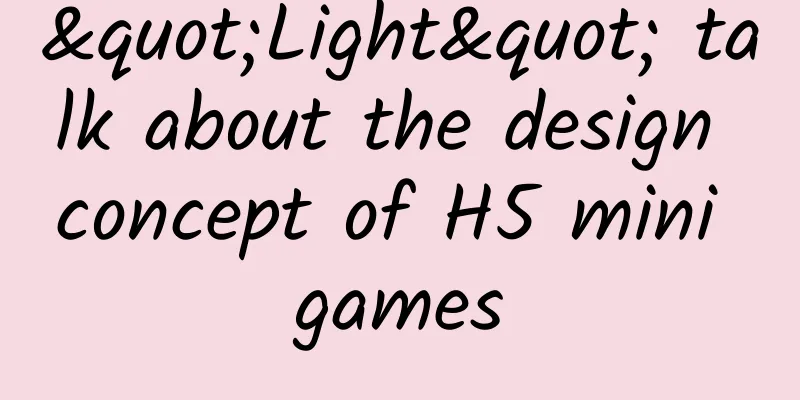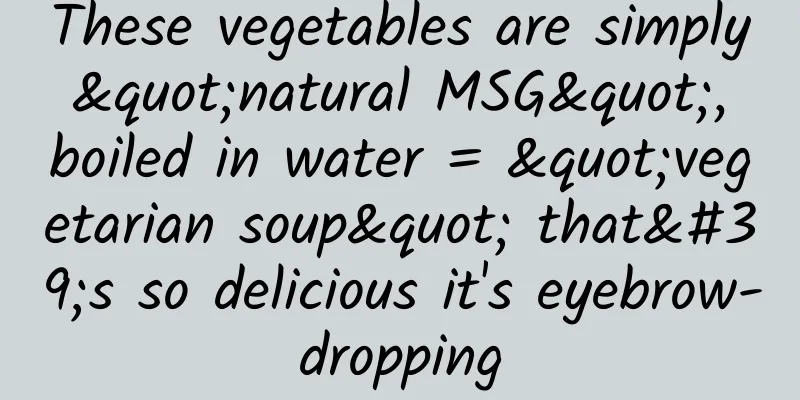How to draw a white polar bear on a blank piece of paper?

|
Everyone may have been attracted by the beautiful illustrations on the species calendar, and even cut out the old calendars to make a notebook. In fact, drawing natural species on paper requires a very deep knowledge reserve. Everything presented must be as accurate as science and as beautiful as life . Today I will introduce to you two different styles of wild animal paintings, a white polar bear painted on white paper, and a bird painted on bird feathers . How to draw a white polar bear on white paper The paper is white, and the bear is white, too. How do you paint white on white paper? Sarah McComb-Turbitt , a wildlife painter, uses the only black parts—the eyes and nose—as the only reference for positioning . Let's enjoy it together! Source: Video screenshot How to draw a bird on bird feathers The bird in this work is a Pied Flycatcher (Ficedula hypoleuca). The breeding male bird (left in the picture above) looks like it is wearing a black tuxedo. | Painting: Ian David Ian Davie, an artist who loves wildlife, expands the canvas to five feathers to present a relatively complete picture. There is no finer canvas than the feathers of a swan. - Ian David The inspiration for his paintings and the scientific meticulousness come from Ian’s personal observations over the past decades, and his love for nature runs through his life. He works for an environmental protection organization on a farm with almost the most beautiful scenery in the UK, which gives him more opportunities to get in touch with wild animals in person. At the same time, the beautiful vegetation, the changing light every moment, and the different landscapes of the four seasons are deeply imprinted in his mind. This allows him to easily express every required detail on the feathers and freeze real moments. The bird in this work is a wren (Troglodytes troglodytes). There is no obvious difference between the male and female birds in appearance. They are both short and round with a small tail behind their bodies that often rises up to almost vertical to the ground. | Painting: Ian David -The picture spread out on the swan feathers After seeing the previous works, you must have wondered, whose are those neat and uniform white feathers? Although the introduction only says that they are swan feathers, given that the most common swan in Europe is the mute swan (Cygnus olor), I tend to think that most of those feathers belong to this swan. Bullfinch. The males of this bird (the darker red ones) roost in groups on tree branches in early winter, and from a distance they look like big, plump, red apples hanging on the tree. | Painting: Ian David An important reason why Ian chose feathers as his canvas is that since around 1323 BC, people have discovered that feathers can stably hold paint pigments while maintaining their natural form . As for why he used swan feathers instead of others (some other feather painting artists use a variety of feathers), this can be traced back to the beginning of Ian's feather painting. While exploring wildlife, Ian happened to pick up some feathers that had fallen from a swan's molting feathers. Swans are relatively large birds, so they naturally have relatively large flight feathers compared to other birds - in fact, swans' flight feathers are some of the largest feathers found in the UK - creating those subtle paintings on these larger feathers obviously allows for more details. - Take from the bird, paint with the bird Swans are noble and elegant in European culture and are often associated with queens, which makes Ian more inclined to choose feathers of these unique and popular birds as a showcase for his artistic talent. After painting some feathers he picked up before, Ian began to donate to a bird sanctuary in exchange for the swan feathers they collected every year. Ian's works are mostly based on birds, which shows his preference for birds. Painting lifelike birds on bird feathers is also a very unique way of creation. Each feather carries a feather elf, as if they are alive, and this life is integrated into the part that originally belongs to them. Take it from the bird, and then paint it with the bird . "Coal Tit on Foxglove" (each feather is 38.5 cm high, by the way, the price is 1,635 pounds, about 16,300 yuan) | Painting: Ian David In addition to birds, Ian has also created many other subjects: butterflies, fish, and mammals. I believe that his inspiration is endless and he will definitely produce more works. After all, how can we draw and tell all the stories of wild animals? Finally, let's take a look at some of Ian David's works, which I think are very representative. Gray Owl (Strix aluco), in this painting, the evening light shines through the gaps in the leaves behind the oak tree. As an owl, this gray owl perches on the oak tree with its eyes open, quietly waiting for the night that belongs to its world to gradually come. The gray owl shown in this painting is the brown individual that is becoming more and more common now, while the gray individual, which is more appropriate in name, is gradually decreasing with global warming . Great tits (Parus major) are quite common birds, and you can hear them chirping almost everywhere. They have a yellow belly with a black "zipper" running through the middle, white faces, and a personality that is not very afraid of people, so they can often appear in front of you, stay for a while, and be recognized by you. Eurasian robin (Erithacus rubecula), also known as the robin. The inverted heart-shaped chest is very eye-catching, which makes them often appear in illustrations of Christmas stories. In some more abstract works, they are even painted as birds with red bodies. Whether viewed from the front or from the side, the round shape of this little bird cannot be changed. I guess this and its red heart have captured people's hearts. Pheasants (Phasianus colchicus), also known as ring-necked pheasants and wild chickens, are the birthplace of many chicken species in China. The golden pheasants used for hunting in Europe were first introduced from China. As shown in the painting, pheasants often appear in the fields, pecking at plant seeds and some small insect desserts. Of course, the one so gorgeous in the painting is a rooster. The hen is similar to other female birds - a large yellow-brown one with a short tail, and it looks like a large piece of yellow-brown meat when flying. Perhaps only with such a love for wild animals can one paint each animal so lovable. Author: Eagle Dance This article comes from the Species Calendar, welcome to forward If you need to reprint, please contact [email protected] |
<<: Some people were silent when they saw this picture, while others were envious.
Recommend
Surprising clues in Enceladus' ice crystals: There may be alien life in our solar system
Author: Duan Yuechu Your browser does not support...
Is there a conflict between the original intention of e-sports and its commercial purpose?
The annual "Esports World Cup", the DOT...
Among the companies in Zhuzhou that develop mini programs, which company is more reliable in developing mini programs in Zhuzhou?
Among the companies in Zhuzhou that develop mini ...
Rethinking private domain traffic in the post-WeChat era
There are some new concepts in the marketing indu...
The document save button actually has a physical version?
On August 12, 1981, International Business Machin...
This “sugar and oil mixture” makes you fatter than drinking oil. Why can’t you stop eating it once you start?
Crispy on the outside and tender on the inside, g...
Private rockets have been successfully launched one after another, and the future of China's commercial aerospace industry is promising!
Recently, the CPC Central Committee and the State...
A brief history of mobile phone "color change"
If today's children choose their own "mo...
Can micro-consoles make a comeback? A review of the “Rayman” game on three platforms
Today, PS4 and XBOX ONE dominate the traditional ...
What are the functions of the flower group buying mini program? How much does it cost to develop a flower shop mini program?
Every time a festival comes, many people will buy...
How to improve conversion rate and encourage users to place more orders?
There are many scenarios for users to place order...
Is it really useful? Meizu engineers' view on 2K screens
In 2007, Apple released the first generation of i...
Would you like to be "dumped" to Mars?
In the past two years, the whole society has beco...
Google engineers teach: Top 10 things new developers must invest in
[[120406]] As a software developer, what are the ...









